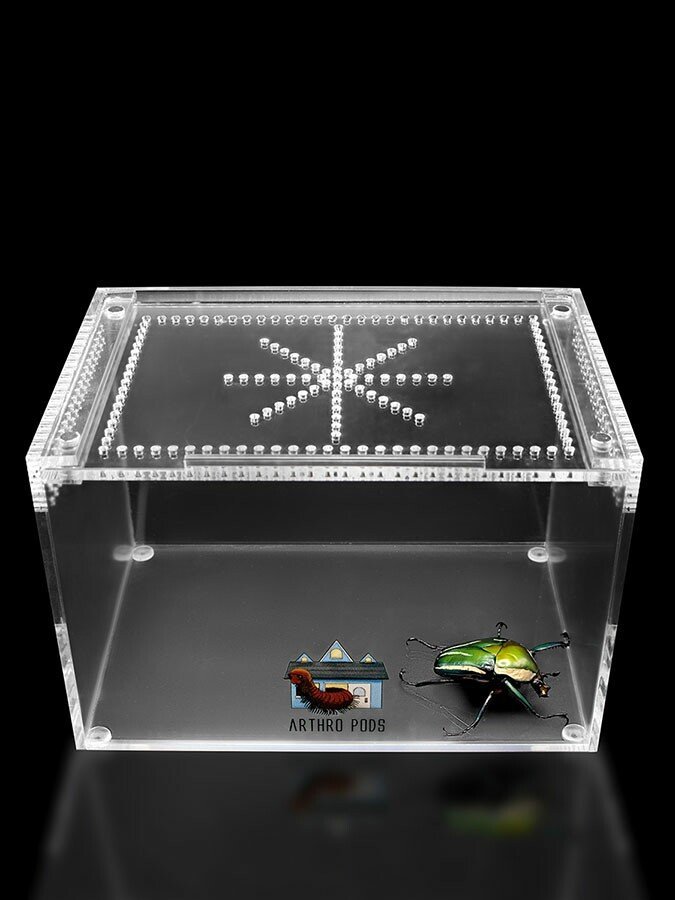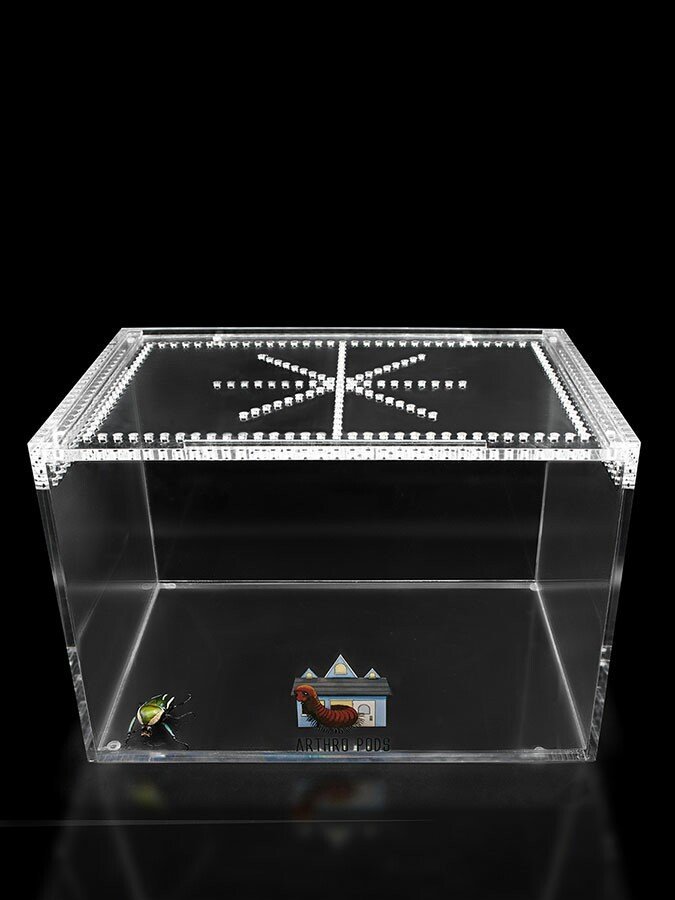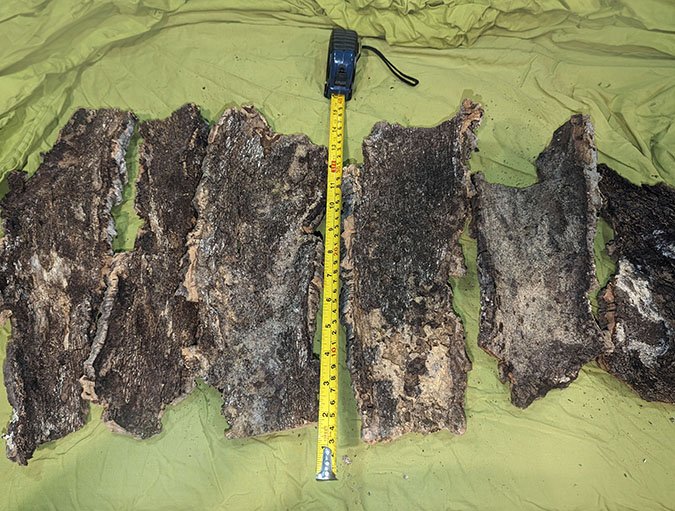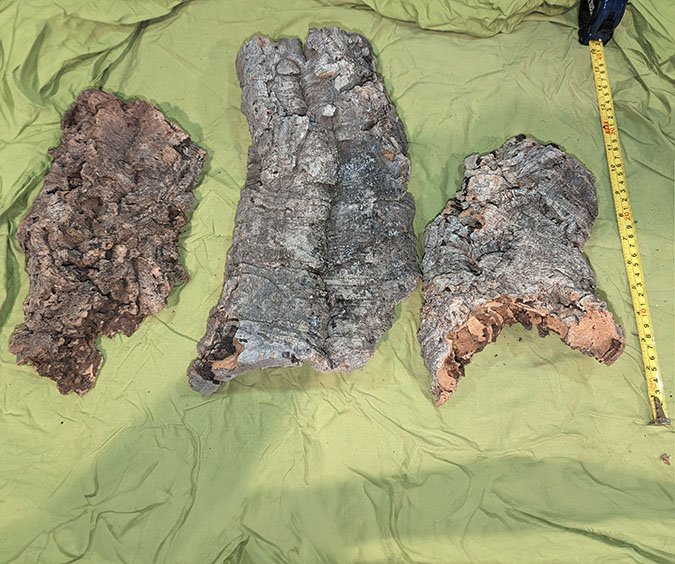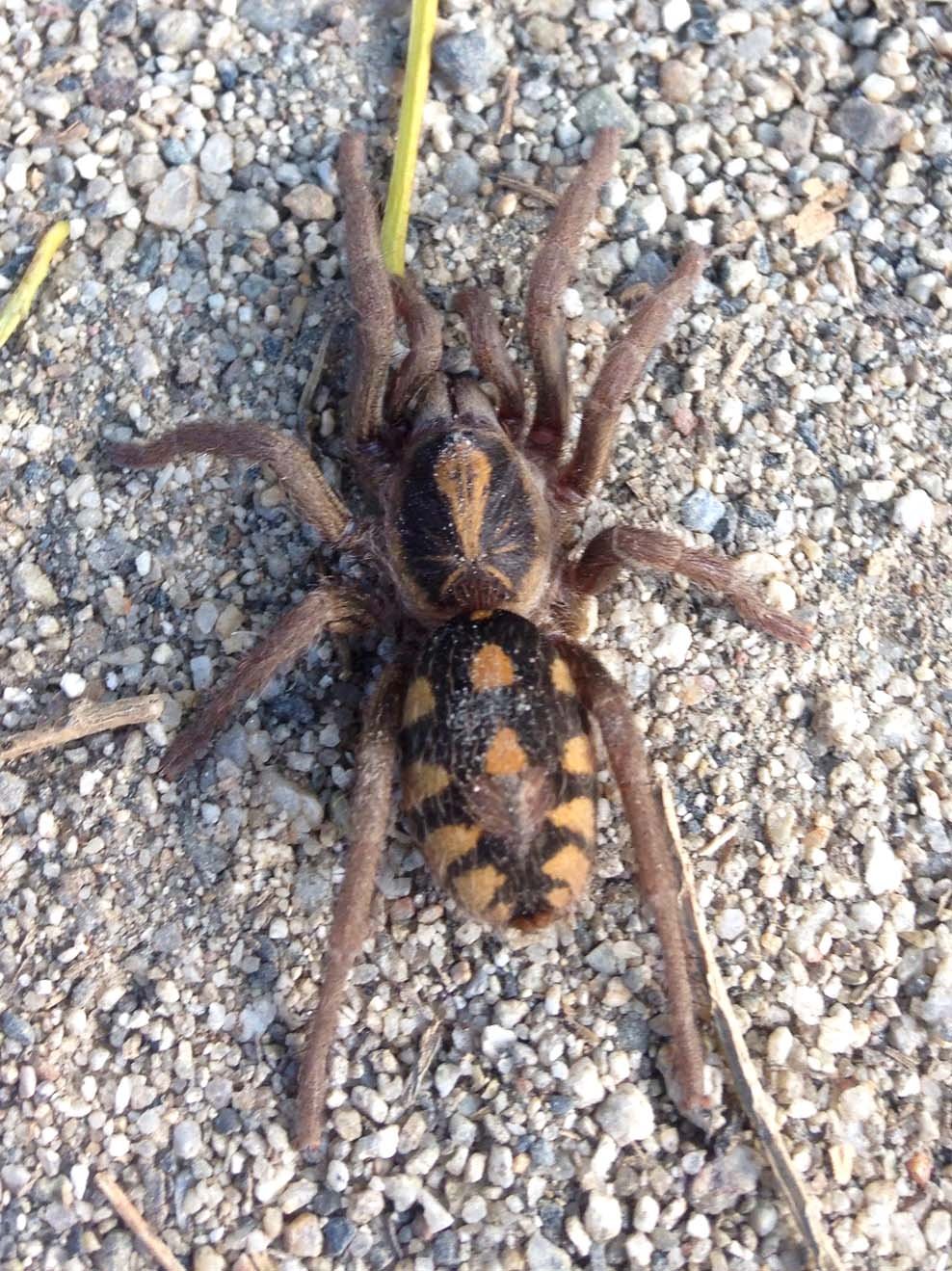Dolichothele exilis
Dolichothele exilis, commonly known as the Exilis Bronze Tarantula, is a small, sleek, and fast terrestrial species native to South America, particularly parts of Bolivia and Brazil. It belongs to the Dolichothele genus, a lesser-known but increasingly admired group of tarantulas celebrated for their metallic hues, shy nature, and compact size.
This species is named for its bronze to copper-toned carapace and legs, which shimmer subtly under light, giving it a refined, understated beauty. Unlike the bold colors of some tropical tarantulas, D. exilis captures attention through its slim profile, iridescent sheen, and delicate appearance, which belies its quick reflexes and reclusive behavior.
As a New World terrestrial tarantula, it is generally non-aggressive, relying on speed and retreat rather than urticating hairs or displays. It tends to be skittish and reclusive, often retreating into burrows or hides, making it best suited for quiet enclosures where observation is passive rather than interactive.
Dolichothele exilis, commonly known as the Exilis Bronze Tarantula, is a small, sleek, and fast terrestrial species native to South America, particularly parts of Bolivia and Brazil. It belongs to the Dolichothele genus, a lesser-known but increasingly admired group of tarantulas celebrated for their metallic hues, shy nature, and compact size.
This species is named for its bronze to copper-toned carapace and legs, which shimmer subtly under light, giving it a refined, understated beauty. Unlike the bold colors of some tropical tarantulas, D. exilis captures attention through its slim profile, iridescent sheen, and delicate appearance, which belies its quick reflexes and reclusive behavior.
As a New World terrestrial tarantula, it is generally non-aggressive, relying on speed and retreat rather than urticating hairs or displays. It tends to be skittish and reclusive, often retreating into burrows or hides, making it best suited for quiet enclosures where observation is passive rather than interactive.


Dolichothele exilis, commonly known as the Exilis Bronze Tarantula, is a small, sleek, and fast terrestrial species native to South America, particularly parts of Bolivia and Brazil. It belongs to the Dolichothele genus, a lesser-known but increasingly admired group of tarantulas celebrated for their metallic hues, shy nature, and compact size.
This species is named for its bronze to copper-toned carapace and legs, which shimmer subtly under light, giving it a refined, understated beauty. Unlike the bold colors of some tropical tarantulas, D. exilis captures attention through its slim profile, iridescent sheen, and delicate appearance, which belies its quick reflexes and reclusive behavior.
As a New World terrestrial tarantula, it is generally non-aggressive, relying on speed and retreat rather than urticating hairs or displays. It tends to be skittish and reclusive, often retreating into burrows or hides, making it best suited for quiet enclosures where observation is passive rather than interactive.
What's the ideal diet for an Exilis Bronze Tarantula?
All Tarantulas can eat a variety of feeders. Stick to crickets, dubia roaches, silkworms, horned worms occasionally, and a superworm or mealworm as the occasional treat!
How should I keep an Exilis Bronze Tarantula?
For this particular creature, you can start with the Terrestrial Terrain small enclosure if under a ¼" - 1.2" Spiderling (sling). When they get to be about 1" in size, you will want to either go to the Terrestrial Terrain Medium or Terrestrial Terrain Large enclosure. Feed them as slings once a week, twice if their opisthosoma (abdomen) looks small, but if the opisthosoma is wider than their prosoma (pneumothorax) then wait a couple of days to feed. For juveniles or adults, stick to feeding once a week, nothing larger than their opisthosoma. Make sure to keep a water dish at all times full; wider and deeper is preferred.
How long could an Exilis Bronze Tarantula live?
Females are believed to live upwards of 8+ years, and males not exceeding around 4 years of age. All estimates are based on multiple sources.




